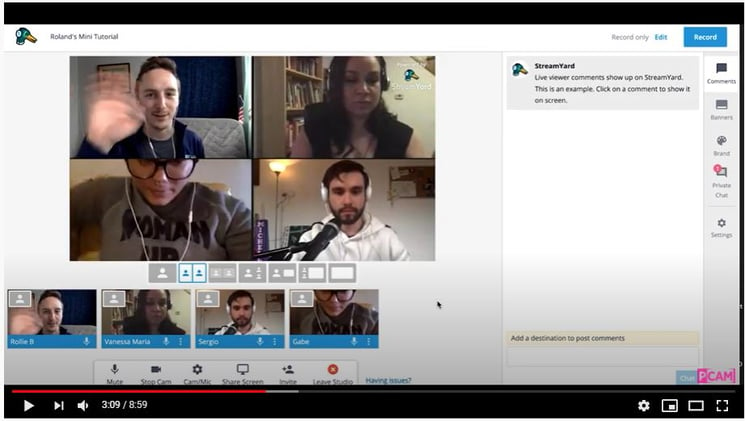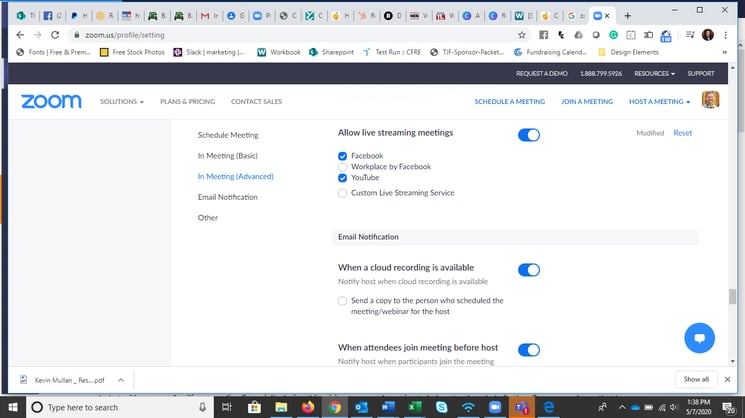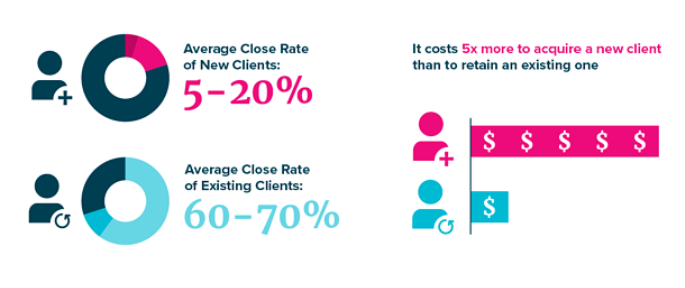Could it get bigger and be even more fun? Indeed, newly expanded Toledo Jeep Fest (TJF) No. 7 was the biggest and best event since the 2016 kickoff. More than 78,000 attendees from 40 states and 5 countries came to Toledo in 2024 to enjoy the All-Jeep Parade, Vendor Midway, Glass City Center Exhibit and Friday's new Glass City Crawlers Block Party, attended by more than 200 jeeps.
While the 2016 event was expected to attract 20,000 attendees to northwest Ohio, on All-Jeep Parade Day (Saturday, August 6) Toledo hosted more than 40,000 people from around the Midwest and beyond.










